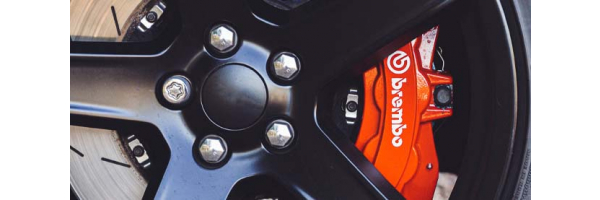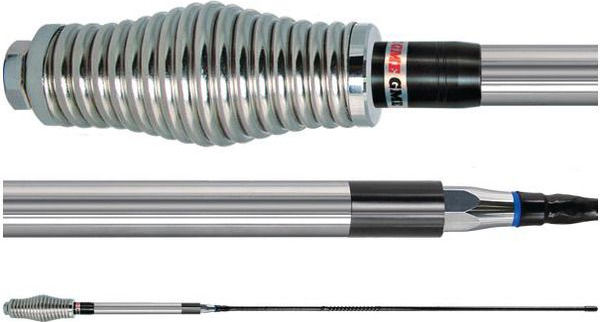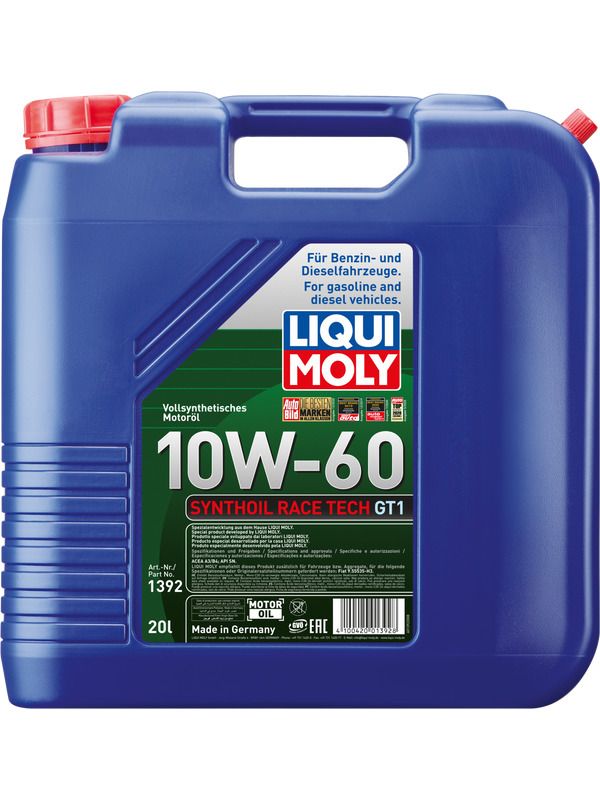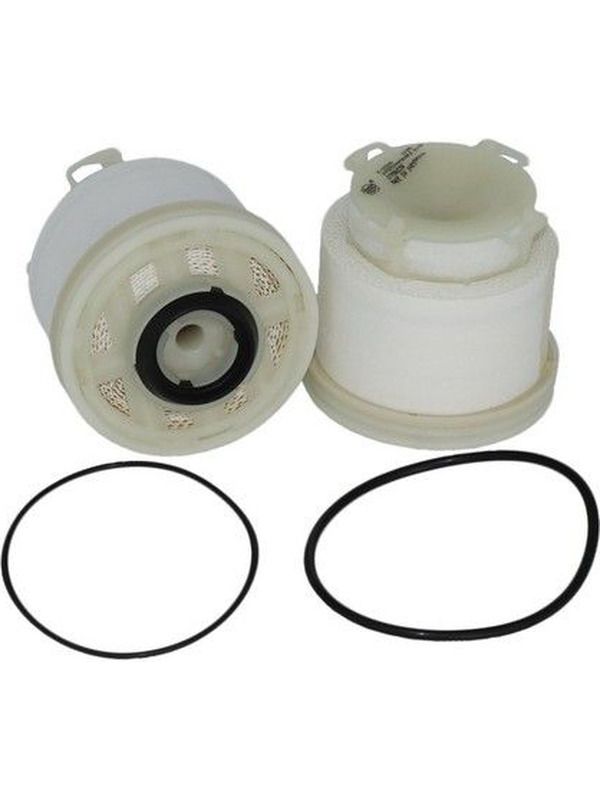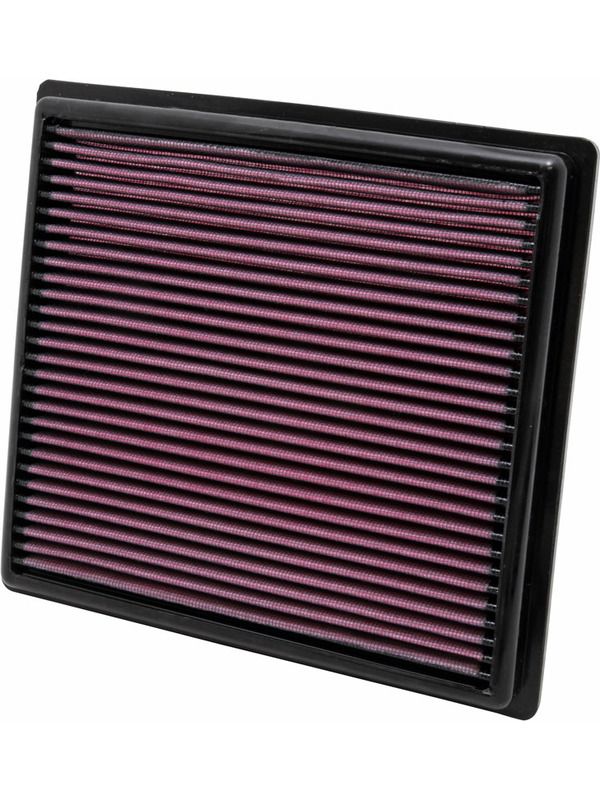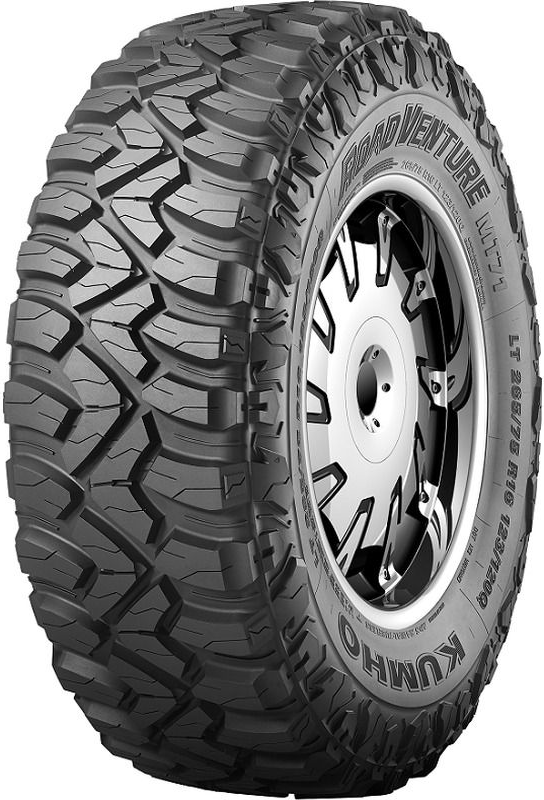Basic Car Care Tips for the Aspiring Home Mechanic
The majority of serious repairs will require a mechanic, even if you are fairly familiar with your car and how it works. However, if you are looking to get a little more involved and learn some of the basics of car care, there are plenty of things you can do on a regular basis to keep it in tip top shape.
The first thing you are going to want to do is find the Owner’s Manual. This manual is kept in the glove compartment by most owners, but is often available online if you can’t find your copy. In the Owner’s manual you should be able to find the maintenance schedule, which tells you how often different maintenance items need to be attended to such as the engine oil, tire rotation, belts, hoses etc.
A really good place to start is by looking at what is on the schedule and slowly starting to tick them off as they come up. Some of the important items you may find include:
Complete a tire check every month
Properly inflated tires make a big difference to the performance of your vehicle, as well as reduce your fuel consumption and the chance of a flat tire. At most gas stations you’ll find a place to check and inflate your tires and in the Owner’s Manual you will find exactly what the ideal tire pressure for your model is. With this knowledge in mind make sure you make it a monthly habit to check and inflate your tires if you need to.
Change your oil
Oil is used for lubricating the moving parts in your car. It is vital to reducing friction and improving the longevity of your vehicle. In your owner’s manual you will find the service and viscosity requirements for the type of oil that you should use. Whether you use petroleum or synthetic oil doesn’t really matter, so long as these requirements are met. You can use a dipstick to check your oil levels and ensure that it is serving its purpose.
When you check your oil you may also like to check your other fluids including the brake fluid, transmission fluid, coolant and windshield washer fluid.
Replace your Air Filter
Your car’s air filter prevents any dust, sand or debris from reaching and damaging your engine. It is normally enough to replace it once a year, however, if you drive your car a lot you may need to replace it up to twice a year. To make things easier for you you can check your filters whenever you change your oil.
Know what brake issues sound and feel like
Your breaks are vital to the safety of yourself, your passengers and the other cars on the road, that is why you should always be on the lookout for signs that your brakes need some attention. Squealing usually means that your brake pads are worn out and require replacement, rattling suggests one of the rotors could be warped, while grinding could indicate anything from rust to a more serious issue, depending on whether it comes and goes. If you hear or feel anything different with the brakes it is best to go to a mechanic.
Take a look at your belts and hoses
If you wanted to take things to the next level then you can also add an inspection of the belts and hoses to your regular checks. If you see any cracking, bulging, glazing, material loss or damage then you might need to get them replaced ASAP.

